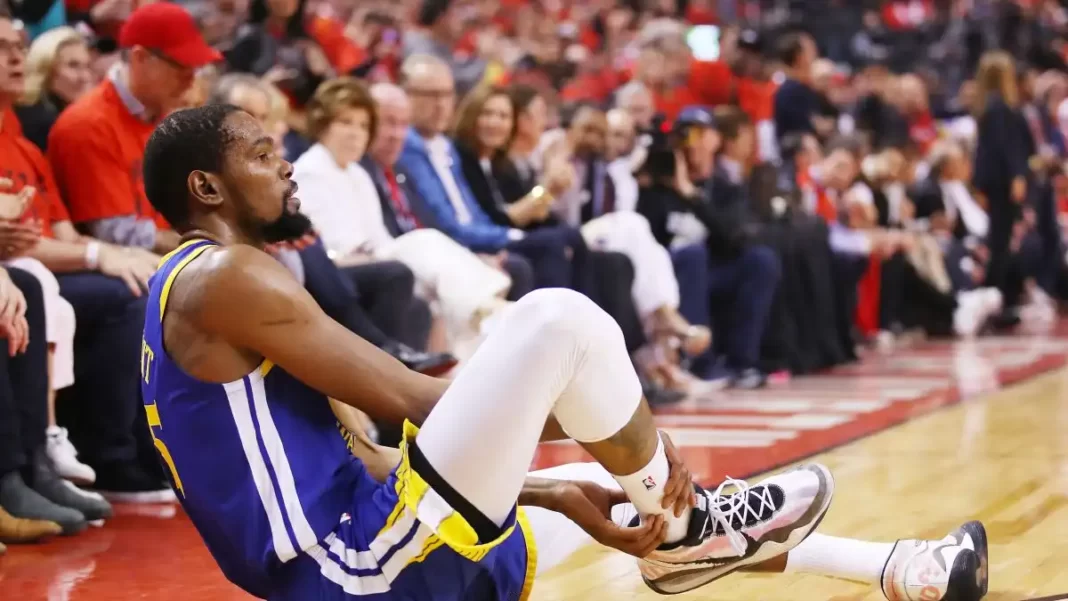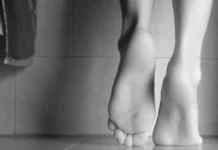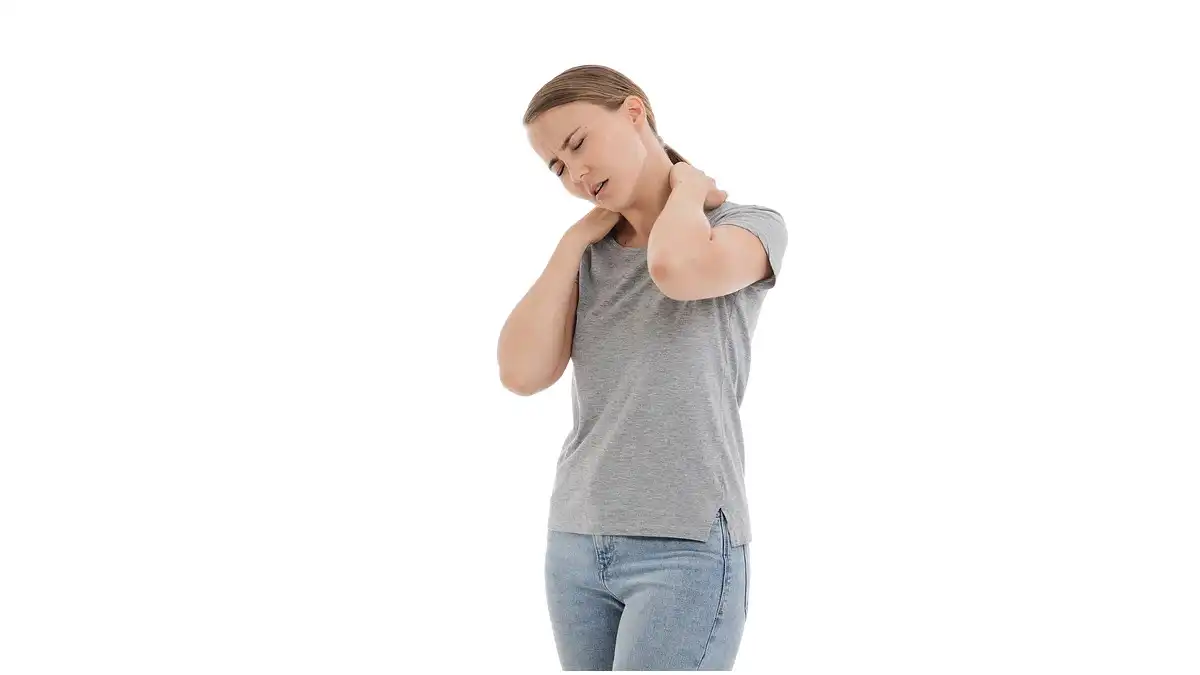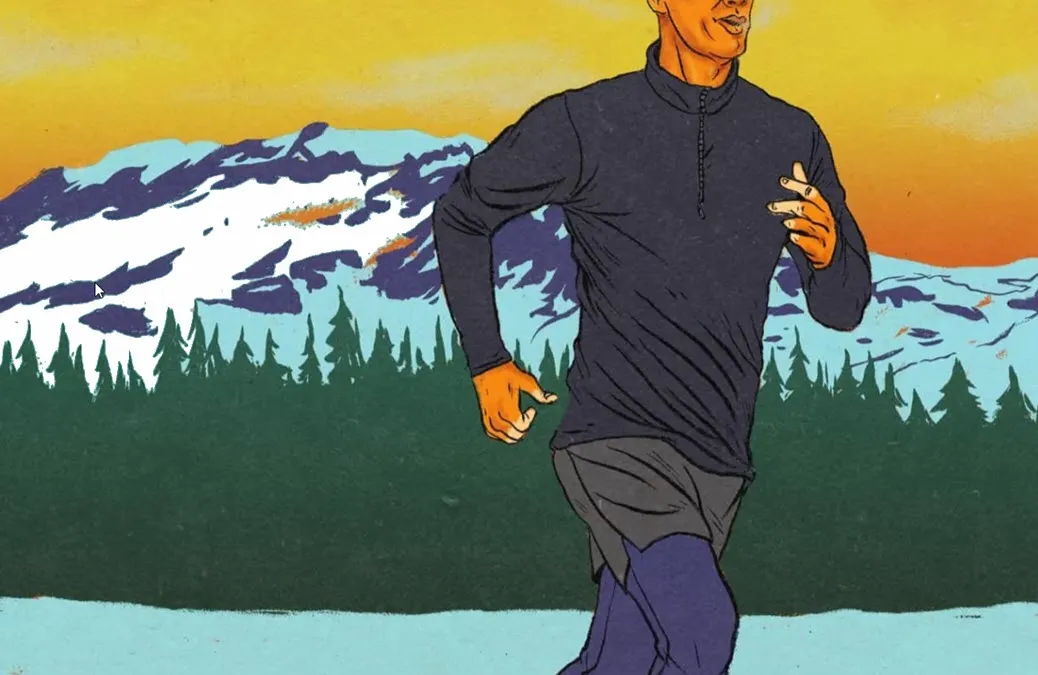An Achilles tendon rupture is a complete or partial tear that occurs when the tendon is stretched beyond its capacity. Jumping, violent pivoting, or sudden acceleration during running, a fall can stretch the tendon and cause a tear.
The Achilles tendon is formed by a coalescence of fibres from the gastrocnemius and soleus muscles. This complex crosses the knee and ankle joints, making it more susceptible to injury than muscles that cross a single joint.

What causes Achilles tendon rupture?
- Older age
- Activities or sports that involve running and jumping
- Lack of flexibility
- Excessive activity (overuse)
- Sudden changes in exercise intensity
- Poor conditioning
- Use of corticosteroids (by mouth or by injection)
- Ill-fitting shoes
- Jogging or running on hard surfaces
- Climb or step of stairs
- Previous Achilles tendon injury
- Family history
- Organic disorder
- Diabetes
- Renal failure
- Rheumatoid arthritis
- Systemic lupus erythematosus (SLE, lupus)
- Gout
What are the symptoms of Achilles tendon rupture?
- Although it is possible to have no signs or symptoms with a ruptured Achilles tendon, most people have:
- The feeling of having been kicked in the calf
- Pain, possibly severe and swelling near the heel
- An inability to bend the foot down or “push back” the injured leg when walking
- An inability to stand on the toes of the injured leg
- A clicking or clicking noise when the injury occurs
Foot problems that increase the risk of Achilles tendon injuries include:
- Pied cavus
- Insufficient flexibility and strength of the gastrocœlian
- limited ability to dorsiflex the ankle
- Tibia vara
- Varus alignment with functional hyperpronation
Risk factors
Age. The maximum age of Achilles tendon rupture is 30 to 40 years.
Sex. Achilles tendon rupture is up to five times more likely to occur in men than in women.
Recreational sports. Achilles tendon injuries are more common in sports that involve running, jumping, and sudden starts and stops – such as football, basketball and tennis.
Steroid injections. Doctors sometimes inject steroids into an ankle joint to reduce pain and inflammation. However, this medication can weaken nearby tendons and has been linked to Achilles tendon ruptures.
Obesity. Being overweight puts more strain on the tendon.
Differential diagnosis
- Achilles tendonitis
- Ankle sprain
- Peroneal tendonitis
- Tendonitis of the posterior tibia or tendonitis of the flexor of the big toe.
- Fracture of the calcaneus or ankle.
- Muscle tear of the gastrocnemius muscle.
Therapy
- Plantar flexion splint
- Immediate referral to an orthopedist
- Sometimes surgical repair
References
- Järvinen TA, Kannus P, Maffulli N, Khan KM. Achillestendon disorders: etiology and epidemiology. Foot Ankle Clin. 2005 Jun;10(2):255-66. [PubMed]
- Carmont MR. Achillestendonrupture: the evaluation and outcome of percutaneous and minimally invasive repair. Br J Sports Med. 2018 Oct;52(19):1281-1282. [PubMed]
- Noback PC, Freibott CE, Tantigate D, Jang E, Greisberg JK, Wong T, Vosseller JT. Prevalence of Asymptomatic Achilles Tendinosis. Foot Ankle Int. 2018 Oct;39(10):1205-1209. [PubMed]
- Haapasalo H, Peltoniemi U, Laine HJ, Kannus P, Mattila VM. Treatment of acute Achillestendonrupture with a standardised protocol. Arch Orthop Trauma Surg. 2018 Aug;138(8):1089-1096. [PubMed]
- Yasui Y, Tonogai I, Rosenbaum AJ, Shimozono Y, Kawano H, Kennedy JG. The Risk of AchillesTendonRupture in the Patients with Achilles Tendinopathy: Healthcare Database Analysis in the United States. Biomed Res Int. 2017;2017:7021862. [PMC free article] [PubMed]
- Alušík Š, Paluch Z. [Drug induced tendon injury]. Vnitr Lek. 2018 Winter;63(12):967-971. [PubMed]
- Ahmad J, Jones K. The Effect of Obesity on Surgical Treatment of AchillesTendon Ruptures. J Am Acad Orthop Surg. 2017 Nov;25(11):773-779. [PubMed]
- Egger AC, Berkowitz MJ. Achillestendon injuries. Curr Rev Musculoskelet Med. 2017 Mar;10(1):72-80. [PMC free article] [PubMed]
- Maffulli N, Via AG, Oliva F. Chronic AchillesTendonRupture. Open Orthop J. 2017;11:660-669. [PMC free article] [PubMed]
- Dams OC, van den Akker-Scheek I, Diercks RL, Wendt KW, Zwerver J, Reininga IHF. Surveying the management of Achillestendon ruptures in the Netherlands: lack of consensus and need for treatment
- Credit in part: Alan G. Shamrock; Matthew Varacallo.

























